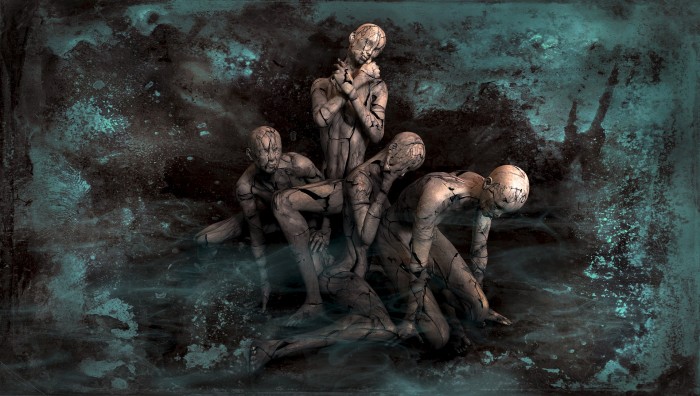Magic that Enchants the Reader: The Beast’s Heart: A Novel of Beauty and the Beast by Leife Shallcross
 The Beast’s Heart: A Novel of Beauty & the Beast
The Beast’s Heart: A Novel of Beauty & the Beast
Ace Books (416 pages, $15 trade paperback/$11.99 digital, February 12, 2019)
Cover by Lisa Perrin
This beautifully simplistic retelling of a “tale as old as time,” is pure magic. The story sparkles at every turn and enchants the reader with a new perspective: it’s the beast that narrates his own story in this version of the familiar fairytale.
For over a century Beast has roamed wild over the land he once ruled, driving away anything or anyone that lives there, his humanity essentially stripped away. He has little memory of what his life once was until he encounters a strange woman who leads him back to his previous domain, a castle in the heart of the forest. Suddenly he begins to have flashes of what was lost. As memories return, so too does some of the splendor that once saturated the castle: a roaring fire in the hearth, one luxurious velvet chair, corners of the garden sodden with out-of-season blooms.
As life returns to the castle, Beast slowly regains his humanity. He relearns to stand on two legs, his paws begin to look more like hands, and he realizes he can read! When a weary traveler wanders onto his land, he also realizes his isolation. Curious about the man, Beast allows his castle to lure the traveler in and care for him. Through the magical abilities of his abode, Beast is able to see the man’s dreams, and in them the man’s daughters. The youngest, Isabeau, immediately captures Beast’s heart.
Thus begins Beast’s plot to bring Isabeau to the castle and her eventual agreement to stay for a year. What unfolds is a beautiful relationship that examines what it means to love someone. Through the use of a magical mirror, the reader also gets to be a voyeur in the lives of Isabeau’s family left behind. Their experiences also lend to the theme of human connection and illustrate an idyllic country existence full of color and substance. Just as we root for Beast and Isabeau, so too are we cheering for them to find love and compassion.
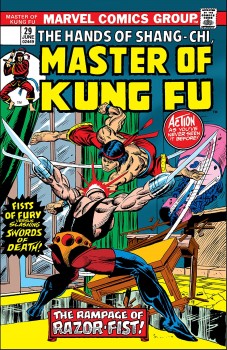

 I have fond memories of Bruce McDonald’s rock n’roll road movies from the 1990s, specifically Roadkill, Highway 61 Revisited, and Hard Core Logo. It had been a while since I’d seen one of his films (one drifts away from artists, sometimes, like friends we once knew), but I began July 15 at Fantasia in the De Sève Theatre getting reacquainted with McDonald’s art by way of his new movie Dreamland, at Fantasia presented as Bruce McDonald’s Dreamland.
I have fond memories of Bruce McDonald’s rock n’roll road movies from the 1990s, specifically Roadkill, Highway 61 Revisited, and Hard Core Logo. It had been a while since I’d seen one of his films (one drifts away from artists, sometimes, like friends we once knew), but I began July 15 at Fantasia in the De Sève Theatre getting reacquainted with McDonald’s art by way of his new movie Dreamland, at Fantasia presented as Bruce McDonald’s Dreamland.
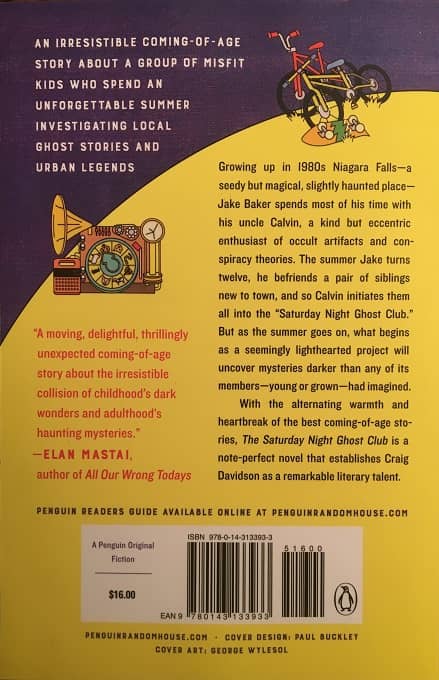
 My fifth and last movie of July 14 brought me back to the Hall Theatre. I had not seen two consecutive movies that day in the same cinema; no two films had come from the same country. It was in retrospect a good day at Fantasia, and it was ending with a bang: the latest film from Zhang Yimou, Shadow (also known as Ying, 影). Written by Zhang with Li Wei, it’s a tale of historical battles and political machinations told with visual dynamism and a distinct colour sense, fitting nicely alongside previous works by Zhang such as Hero, House of Flying Daggers, and Curse of the Golden Flower.
My fifth and last movie of July 14 brought me back to the Hall Theatre. I had not seen two consecutive movies that day in the same cinema; no two films had come from the same country. It was in retrospect a good day at Fantasia, and it was ending with a bang: the latest film from Zhang Yimou, Shadow (also known as Ying, 影). Written by Zhang with Li Wei, it’s a tale of historical battles and political machinations told with visual dynamism and a distinct colour sense, fitting nicely alongside previous works by Zhang such as Hero, House of Flying Daggers, and Curse of the Golden Flower.
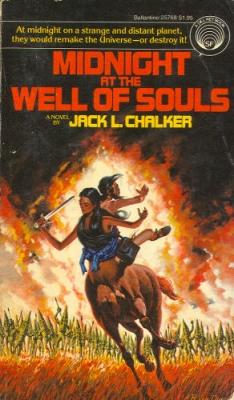

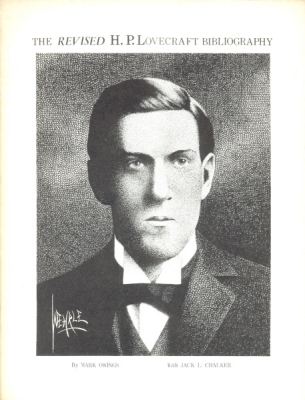
 My fourth film of July 14 brought me back across the street to the De Sève Theatre for a tale from the Philippines, Mystery of the Night. Directed by Adolfo Alix Junior, it’s an adaptation of a play by Rody Vera called Ang Unang Aswang (The First Aswang). As written for the screen by Maynard Manansala, it’s a meditative story that doesn’t betray its stage origins in the slightest, a deliberately-paced visual spectacle about colonialism, magic, and the wilderness.
My fourth film of July 14 brought me back across the street to the De Sève Theatre for a tale from the Philippines, Mystery of the Night. Directed by Adolfo Alix Junior, it’s an adaptation of a play by Rody Vera called Ang Unang Aswang (The First Aswang). As written for the screen by Maynard Manansala, it’s a meditative story that doesn’t betray its stage origins in the slightest, a deliberately-paced visual spectacle about colonialism, magic, and the wilderness.